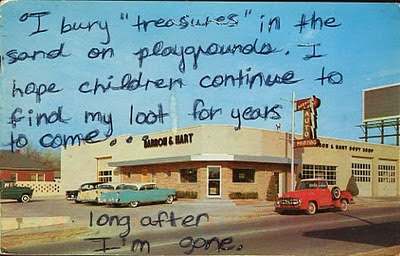Every Leaf 114, Aspen Mays 2009



Einstein Rainbow 1, Aspen Mays 2009
From her 2009 show at the Museum of Contemporary Art, Chicago –
Every Leaf on a Tree.
"Research is often the catalyst for my work. I studied Anthropology as an Undergraduate student- that’s what my degree is in, and I think that sort of academic training has found its way into my practice mostly because I enjoy it so much. I’ve always been a really curious person, and I try to channel that as an artist. I love spending time in the library chasing down ideas, and I also try to get out and do a lot of hands-on research. Perhaps its my background in another field, but I read a lot of books about science and astronomy, and as an artist, I love speaking to folks in different research areas. A lot of projects start by tracking down experts in different fields that I’m interested in. I enjoy that interaction and these sort of 'field trips' can be a great source of inspiration and potential collaboration."
From
this interview.
"Abraham Ritchie: Since you brought up the diversity of your artistic practice, how do you see technology playing a role in your practice? It seems to me that there’s a lot of writing now about art and science and artists trying really hard to show science at work, like mad scientist experiments going wrong, but in your practice it seems so organic and not forced. How do you use technology and see technology extending your artistic practice?
"Aspen Mays: Right, yes, I think a lot about that, maybe in terms of how slick the art could be. I think the flip side of what you are saying is that the art could be so data-driven and you could have a really clean look but I feel mine is so clunky sometimes. Like ordering the books for example, is such a cumbersome thing to do, to physically get the books, when you could use the internet or something.
"I think a lot of times using the analog processes, like I do in a lot of my work, is a way to create a really human presence in the work that may be counter to rationalist thinking, or objectivity, or a machine. I want to insert the human back into everything; I’m trying to figure out these systems with whatever is at hand."
"AR: And in that sense, the ‘art’ never escapes your objects as a lot of your creations are quite beautiful too. That is interesting to me since beauty is qualitative but science is interested in the quantitative. Your work seems much more personal in the way it invokes science; technological apparatus is not overwhelming it. Where does the aesthetic and this sense of beauty enter into your work?
"AM: Yes, beauty does feel really important. I don’t set up experiments and whatever the results are, are the work. I am exerting control and making aesthetic choices.
"AR: So this would be unlike the way the idea drives the art in Conceptualism? You're avoiding a situation where the process becomes the artwork rather than the end product?
"AM: Yes, I think about the formal concerns a lot. Color is such a huge part of my work, like in the
Fireflies piece or the
8 Ball piece, where it’s pure color almost and I just let that color be the piece in a lot of ways. That color is mysterious and hopefully opens the door to further investigations. I think that you’re right that beauty does drive the work in a lot of ways."
From
this one. Both explain the show.


































